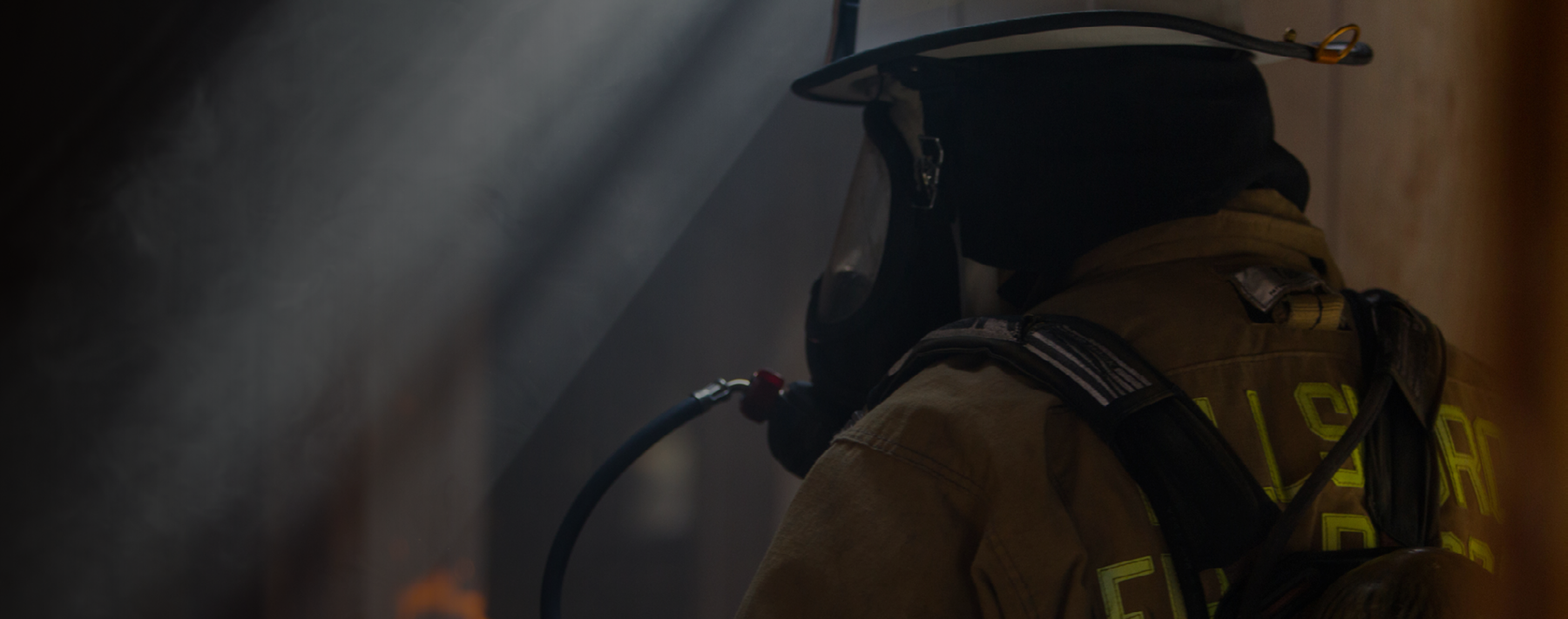Leadership is all about setting expectations. As a fire service leader, you have goals and a vision for your department. To achieve your goals, you must set expectations for how your personnel will operate. And setting expectations starts with fire department policies and procedures.
I’ve met many fire service leaders who are reluctant to take on policy. It’s too expensive, they don’t have enough time, there are too many other projects. And even more common: They don’t enjoy working with policy, they doubt their ability to develop and manage policy effectively, and they don’t have anyone else on the department who they trust to do it.
These are all valid reasons to feel hesitant to begin a policy update project. But this is where leaders must be willing to push through. Rather than regarding policy as a standalone component that can be pushed aside, we need to realize that fire department policies and procedures underpin all aspects of the organization – resource deployment, strategic planning, new equipment purchases, everything. And to support all those aspects, policies and procedures must set the tone not just for what not to do, but what to do.
How Fire Department Policies and Procedures Affect Leadership
In case you’re not convinced that policy is so important, let’s consider how policies and procedures affect leadership at the company officer level.
A brand-new lieutenant is motivated, hard-working and shows tremendous leadership promise. He keeps the rules firm and clearly communicates his expectations. But the department’s policies and procedures are woefully lacking – they’re old, don’t adequately address the types of incidents the department goes to, and are at times vague and other times over-prescriptive.
As leaders, we probably can’t reduce the scope of work. But we can ensure our fire department policies and procedures are up to snuff so when we reference them in the field, they guide us correctly.
Rather than supporting this new lieutenant and developing him as a leader, we are undermining him from the start. He can communicate his expectations to his crew, but without a department policy to back him up, he has little to point to when those expectations aren’t followed. Even worse, the officer may have to discipline a firefighter who made a decision or took an action that makes sense, but the policy (outdated and unaligned with practice) prescribes some other action.
This scenario shows the clear line from your department’s policies and procedures to leadership effectiveness at all levels of your organization.
From a supervisory standpoint, it’s critical that we distinguish in policy between the absolute, non-negotiable things and where there can and should be a degree of latitude or tactical flexibility. For example, your department likely has a policy stating all personnel riding the apparatus must wear a seatbelt. That’s non-negotiable. But making policy or procedure too granular can backfire. My department had a standard operating guideline that said on every motor vehicle accident, the involved vehicle must be cribbed on all four corners. That sounded OK – until we responded to a call where the car was partly off the ground. Now, our revised policy specifies the vehicle must be stabilized so firefighters and occupants are safe. This is an improvement because it defines the desired outcome, not just the steps, and gives the responding crew discretion on how best to achieve that outcome.
The Impact of Policy on Morale
Let’s consider another reason why policy and procedure are so important. In the 2023 What Firefighters Want survey conducted by FireRescue1, 87% of firefighters said the scope of the job has expanded since they joined. I see this in my own fire district. We ask volunteers to master NFPA Fire Fighter 1 and 2, medical first responder (either EMT or paramedic), hazardous materials awareness and operations, traffic incident management and active shooter operations – and that’s without even getting into special ops like swift water and high-angle rescue.
In most departments – career or volunteer – firefighters are task-saturated. In the survey mentioned above, nearly half said the expanded scope of work has negatively impacted their health and well-being, 62% said the expanded scope of work feels unsustainable from a training standpoint, and 60% said they are expected to do too much.
Rather than regarding policy as a standalone component that can be pushed aside, we need to realize that fire department policies and procedures underpin all aspects of the organization.
Why is this a policy issue? It’s not humanly possible to memorize how to do everything a firefighter will be called on to do. Firefighters instinctively know this, and it impacts their morale and their job-related stress. As leaders, we probably can’t reduce the scope of work. But we can ensure our fire department policies and procedures are up to snuff so when we reference them in the field, they guide us correctly. And that’s another key point: Our policies need to be easily accessible to firefighters, via an app or other digital format, and easily searchable. Providing these resources will help boost firefighter confidence and morale.
Getting Started
So, if you’re now convinced that policy is key to your leadership effectiveness, where do you start? Consider these steps:
- First, be honest about your fire department policies and procedures. How old are they? Do they align with how your firefighters operate? Do they reflect national best practices? Would you be proud to show them to one of your peers? If your policies are junk, you need to act. Every day you operate like that is a day closer to a negative outcome – litigation, a line-of-duty death, injury to a community member, high-dollar losses. Just because it hasn’t happened yet is no guarantee the free ride will continue tomorrow.
- Once you acknowledge your policies need to be improved, get busy and put good people in place to work on the project. This is where Lexipol can help – we have a full-service Fire and Rescue Policies and Training solution that not only provides comprehensive, state-specific policy guidance as a starting point to develop your policies, but also includes personalized implementation guidance. So if you don’t have policy expertise on staff, it’s no problem. Whatever approach you take, please make sure policy is customized for your agency. It is not OK to call your neighbor and ask for a policy and pop it into your manual. You must make sure it fits your organization.
- Prioritize your efforts. If the project feels overwhelming – if you’re ready to toss your current policy binder in the trash and start over – prioritize the policies and procedures that address high-risk, low-frequency operations or issues. There’s a low probability of an adverse outcome because of an improperly worn uniform. But failing to stop at a stoplight or stop sign can have disastrous consequences. But focusing on the high liability, high-risk policies and procedures first, you’ll have an immediate positive impact on your department operations.
Every single fire service organization has room to improve on policy. Even if you’re an accredited agency, there’s room for improvement, especially because the accreditation process doesn’t tell you how to write policies for your department. This year, set a goal to review your policies, identify where you need to improve and get started. It’s an essential step in enhancing your leadership effectiveness.
And if you need help, reach out!



